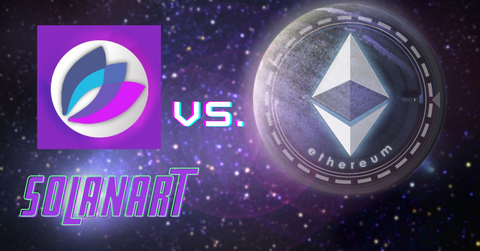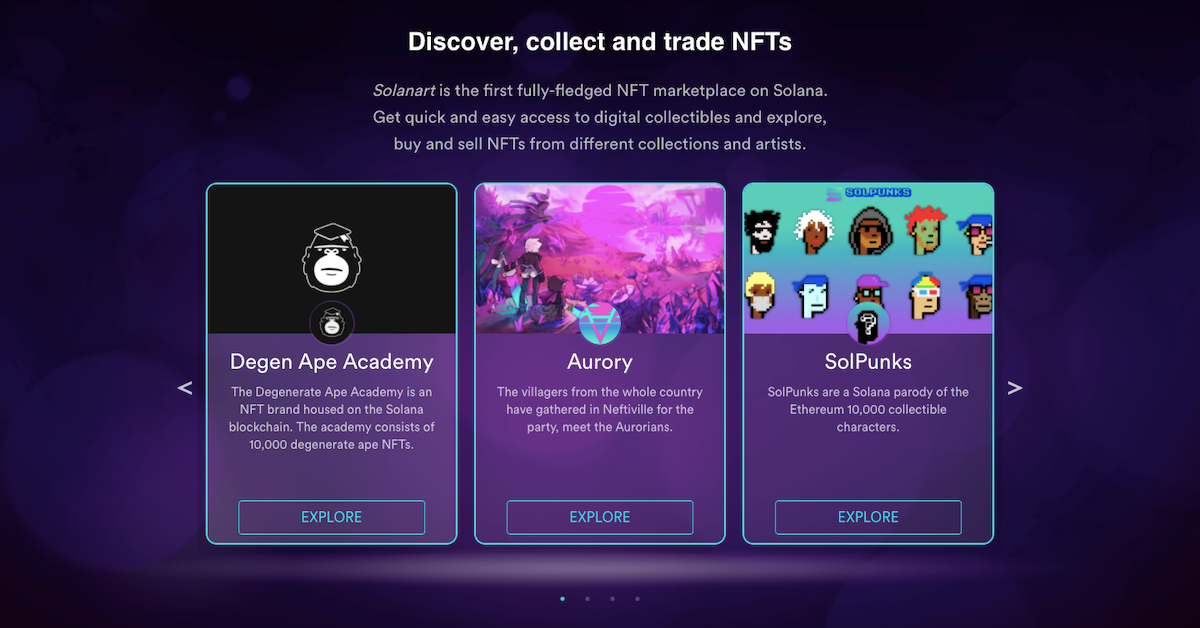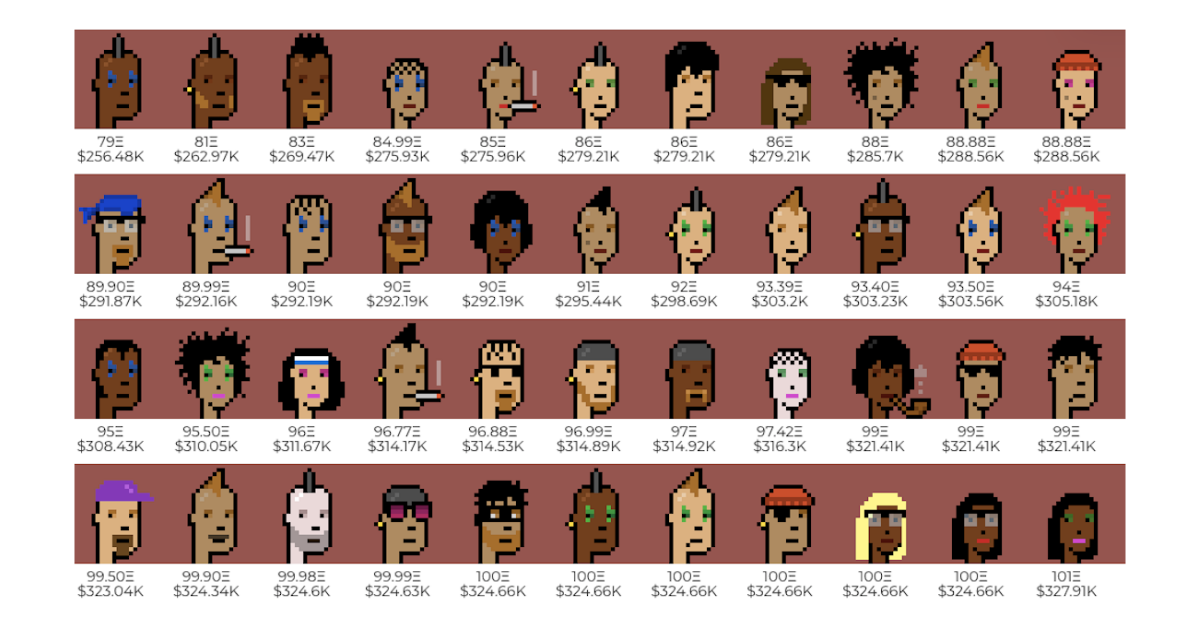Solana Versus Ethereum: Battle of the Blockchain and NFT Controversy
Known as the Ethereum killer, Solanart
Sept. 14 2021, Published 8:34 a.m. ET

Popularly known as an "Ethereum killer," it isn't surprising that the Solana blockchain finds itself in strife with Ethereum enthusiasts. Solana has seen success with the launch of its Degenerative Ape NFT. Solanart has also released the exact copy of the widely popular Ethereum NFT project, CryptoPunks, and an entity has released a text-based derivative Bored Ape Yacht Club. The announcement of these NFT launches was enough to generate deep criticism of Solana.
Now reminiscent of the Bitcoin Maxi era where Bitcoin holders couldn't find themselves holding another coin, Ethereum holders are strongly against some of the Solana network's actions, particularly in the area of its NFT marketplace. Many Ethereum supporters feel a bit sour towards Solana due to its recent SolPunks NFT drop and the association to an entity that released text-based SolanaApes.

So, can projects cross over to different networks and hold the same value?
CryptoPunks versus SolPunks
The famous CryptoPunks NFT collection was released by Larva Labs in 2017 and stored on the Ethereum blockchain. These 10,000 unique collectible characters are known to be one of the earliest examples of an NFT on the blockchain as an avatar. Many supporters view owning a crypto punk as a status symbol of early adoption and wealth.

Slightly different in name, SolPunks is an NFT collection released on Solanart in 2021 and stored on the Solana blockchain. SolPunks is also 10,000 unique collectible characters that are very similar if not exact copies of some CryptoPunks on the Ethereum network. However, Solana carefully denotes on its website that "SolPunks is in no way affiliated with Larva Labs and/or CryptoPunks."
Many people have expressed their overall discontent with the "copy and paste" attitude of networks trying to profit off the same success of a predecessor instead of developing the ecosystem's overall growth and legitimacy.
Bored Ape Yacht Club (BAYC) versus SolanaApes
Recently, Bored Ape Yacht Club (BAYC) gained a lot of attention with the $24 million Sotheby's Auction and NBA All-Star Stephen Curry is a member of the community. Consisting of 10,000 unique and rather comical "bored-looking" apes, the project launched in April and is stored on the Ethereum blockchain. The BAYC project is still a huge success. Just within this last week, the total sales generated was over $31 million.
Hanging onto the coattails of its success, there's an entity that has released Solana Apes, an apparent replica of BAYC. However, it claims to be the "outcasts apes" and says that they have been "Rejected from the yacht club on Ethereum." Cleverly playing into other NFT text projects like Bloot and Loot, is SolanaApes simply a parody of these projects?
Critics don't seem to think so since the joke seems to fall flat and isn't apparent when legitimacy and authentication are the premises of value in NFTs.
Do "copy and paste" projects create a stigma towards NFTs?
It seems that beyond the "copy and paste" projects, Solanart has released the bigger pain point that many people in the cryptosphere are having to deal with. Many of these projects are simply "money grabs." There's speculation that they're an easy way for the artist(s) or team to profit without much regard for the longevity or long-term developments toward the project or community.
To many people, it further taints the emerging field of blockchain and NFTs. It loosens the legitimacy and creates more distance in bridging the gap towards potential mass adoption.
